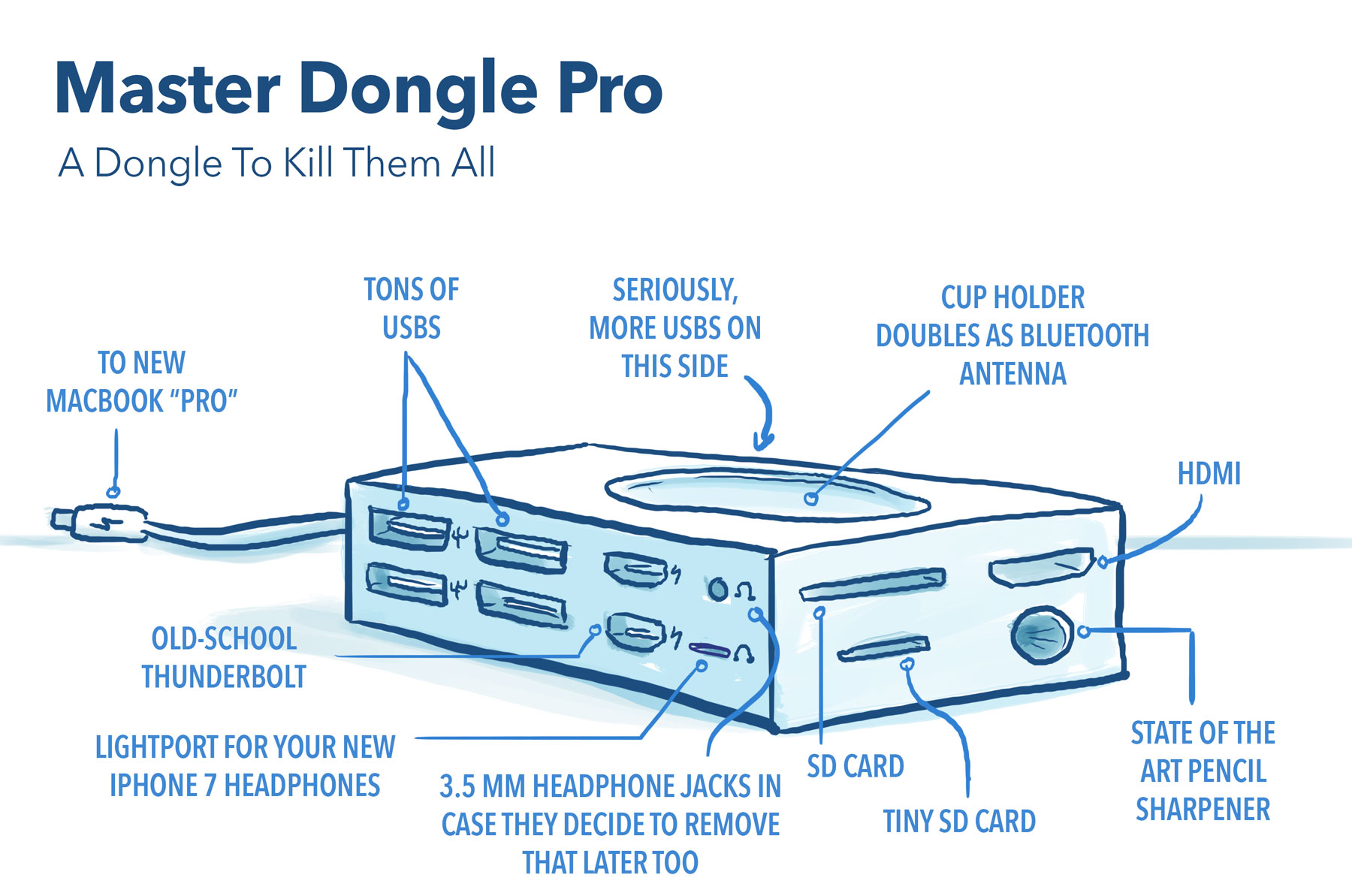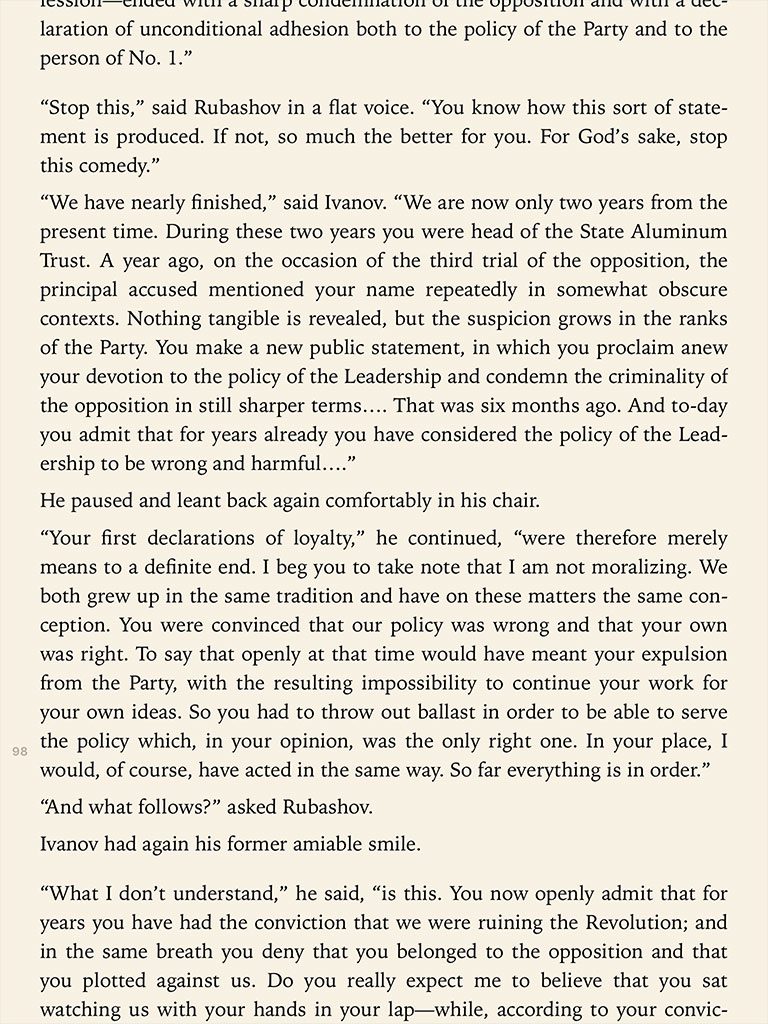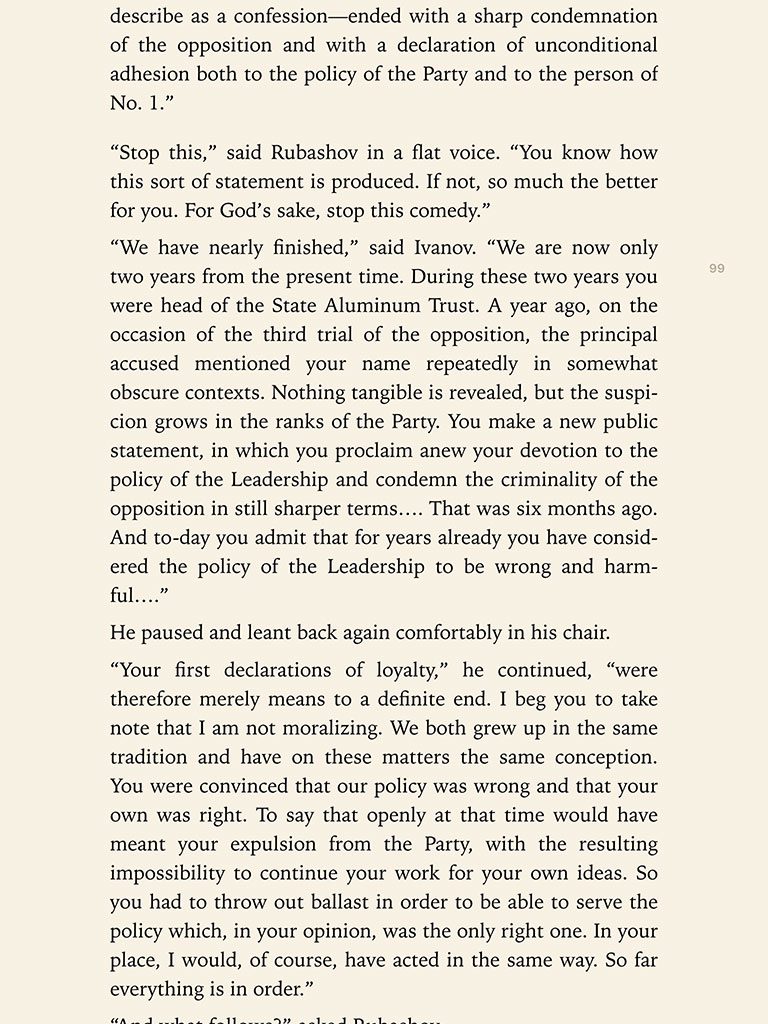They call it a dream, because you have to be asleep to believe it.*
Over at The Verge, Dan Seifert has a interesting look into Samsung and their goals behind the new S8:
“We have a dream to overcome Apple.”
With that simple, obvious statement, the air was sucked out of the large conference room in Samsung’s Suwon, South Korea, headquarters before the company even had a chance to show me the device I flew halfway across the world to see. It’s not often that you hear someone at Samsung actually verbalize the unsaid motivation for many of the company’s products — most executives won’t even mention Apple by name. Yet here was the company’s vice president of product strategy just blurting it out to a small group of journalists.
It seems marketshare isn’t always enough and doesn’t always make you feel like the best. It was only in Q4 2016 that Apple regained the #1 spot in market share. Before this past Q4 Samsung had been the reigning champ.
One of the S8’s flagship features is their new AI ‘bright sidekick’, Bixby:
It’s a smart play: Samsung knows it can’t compete with Google, Microsoft, Amazon, and others when it comes to raw machine learning power and putting vast amounts of information at your fingertips, so it’s using Bixby to solve a simpler task, one that those companies have largely ignored. Bixby isn’t going to try to be the everything-assistant. Instead, it will be that “bright sidekick” that complements those other services. It’s a new user interface, not a new way to ask how tall the Eiffel Tower is.
Wow, less capable than Siri and ‘Ok, Google’. Sounds like a must-have feature!
Seifert had a nagging thought that quelled his optimism for the S8:
As I watched brand-new S8 phones get bolted together on Samsung’s new production line in the Gumi factory, it was obvious that the company has a plan for designing great hardware in the wake of the Note 7 fiasco. But as much as I knew that the devices coming off that factory line would have amazing hardware and eye-catching design, I couldn’t escape a nagging thought.
I realized that there’s a thing that many pro users do when they get their hands on a new Samsung smartphone: they immediately disable as many of Samsung’s own apps and services as possible and replace them with Google’s versions. The appreciation for Samsung’s design and hardware rarely extends to its software efforts.
Samsung makes Android phones, so the only way (outside of hardware) they can distinguish themselves from all the other Android phone makers is to make a unique software experience and people are disabling their software features.
Ouch.
Good luck with that dream, Samsung.
*the title of this piece was borrowed from George Carlin


